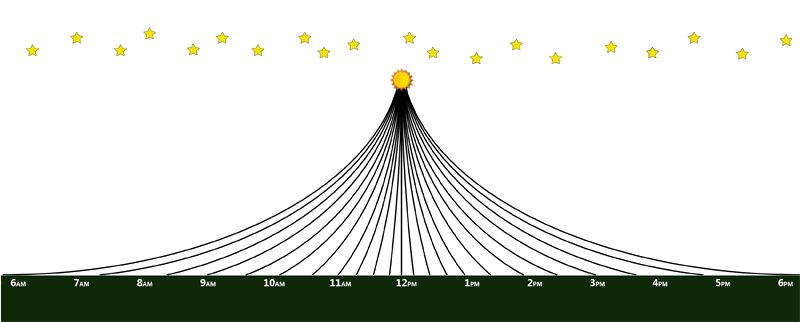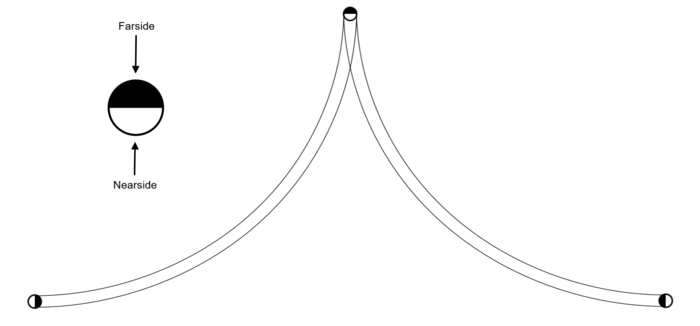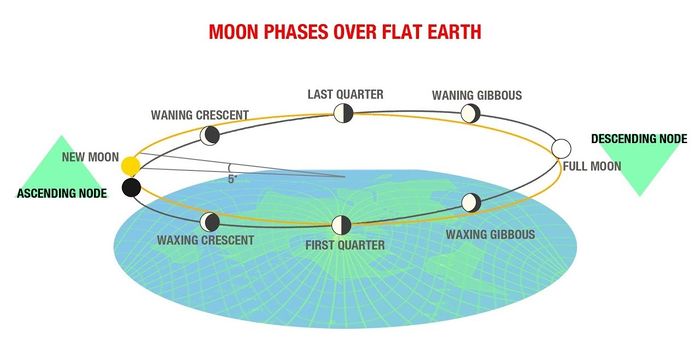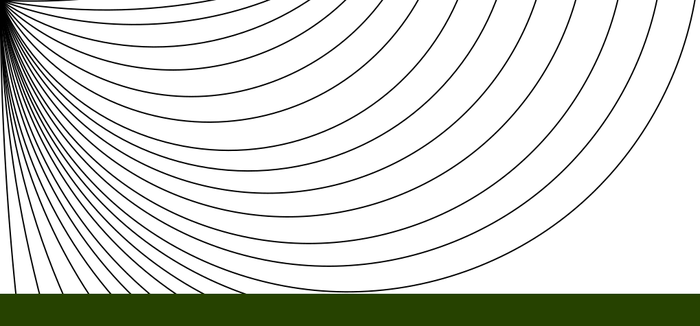Difference between revisions of "Electromagnetic Acceleration"
Tom Bishop (talk | contribs) |
Tom Bishop (talk | contribs) |
||
| Line 7: | Line 7: | ||
==Nearside Always Seen== | ==Nearside Always Seen== | ||
| − | As consequence of this paradigm the observer will always see the nearside (underside) of the celestial bodies. The below image depicts the extremes of the Moon's rising and setting. The nearside of the moon is 'projected' upwards to face the observer. | + | As consequence of this paradigm the observer will always see the nearside (underside) of the celestial bodies. The below image depicts the extremes of the Moon's rising and setting. The nearside face of the moon is 'projected' upwards to face the observer. |
[[File:Moon-face.png|700px]] | [[File:Moon-face.png|700px]] | ||
Revision as of 00:49, 27 April 2019
The theory of Electromagnetic Acceleration states that there is a mechanism to the universe that pulls light upwards. All light curves upwards over long distances. This is an alternative to the perspective theory proposed in Earth Not a Globe. Sunset happens as consequence of these curving light rays.
The above illustration depicts rays from the sun which intersect with the earth. Other rays not depicted may miss the earth and make a "u-turn" back into space.
Nearside Always Seen
As consequence of this paradigm the observer will always see the nearside (underside) of the celestial bodies. The below image depicts the extremes of the Moon's rising and setting. The nearside face of the moon is 'projected' upwards to face the observer.
Lunar Phases
The sun's upwardly curving rays also results in the phases of the moon. When the moon is far from the sun and higher than it, the Full Moon occurs. When the moon is closer to the sun and lower than it, the New Moon occurs.
Sun ray diagram for visualization purposes:




